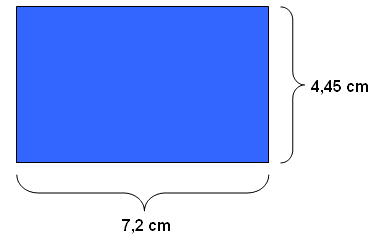
THE DIVINE PROPORTION
Among all proportions involving segments, one caught the attention of many mathematicians. The physicist Johannes Kepler (1571-1630) called it "divine proportion". Look at the rectangle below:

If we divide the width by height (the longer side by the minor), we obtain about 1,618. This ratio is known as the "golden ratio". Several studies have shown that is the geometric shape more pleasing to the human eye. Therefore, this format is adopted in books, paintings and constructions.
The most interesting is that this ratio is found abundantly in nature, so it came to be called divine proportion, because God had a special predilection for it. Here are two examples.
Nautilus Mollusc (nautilus pompilius)
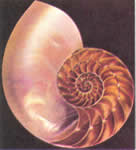 .....
.....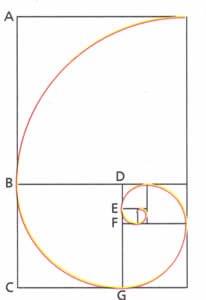
If a cross-section is done in the shell of this mollusk, will be noted that it form by parts of circles inscribed in a swirl of squares, as shown in the diagram above:
In the right picture, it is noticed that the shell grows obeying the following ratio:
AB
= BC ...
=..FG
= aprox.
1.618
BC ...FG ........
FD
Human Body
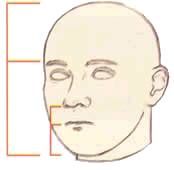
As the picture above, we notice that in the head, the line marks a golden division eyes in relation to the entire length of the face. We also realize a golden ratio of the distance between the base of the nose and the tip of the chin.
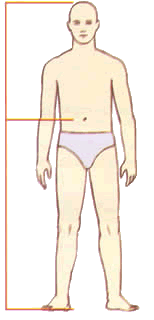
In the middle of the body, we observed that the navel marks the golden ratio of body length.
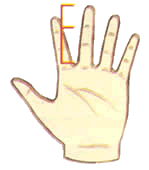
In the hands, the size of the fingers has golden proportions with each of its joints.
So, whether you have been born a beauty or not, know that God designed your body with divine aesthetic standards and that nothing in it is the result of mere chance.
Source of information:
To Learn Mathematics, in Portuguese (2006), Saraiva, pp. 30, 31.
Credit images:
To Learn Mathematics, in Portuguese (2006), Saraiva, pp. 30, 31.